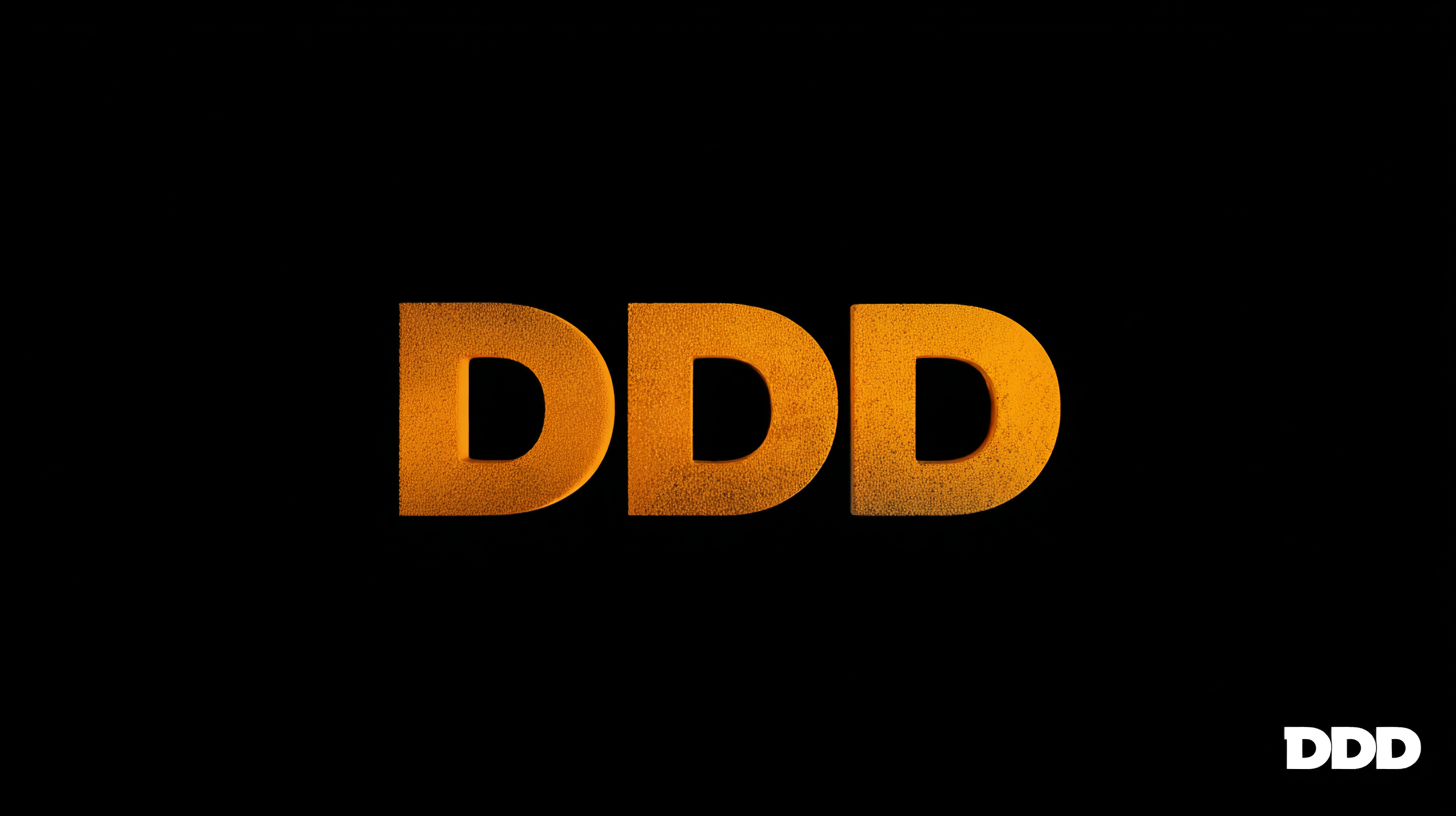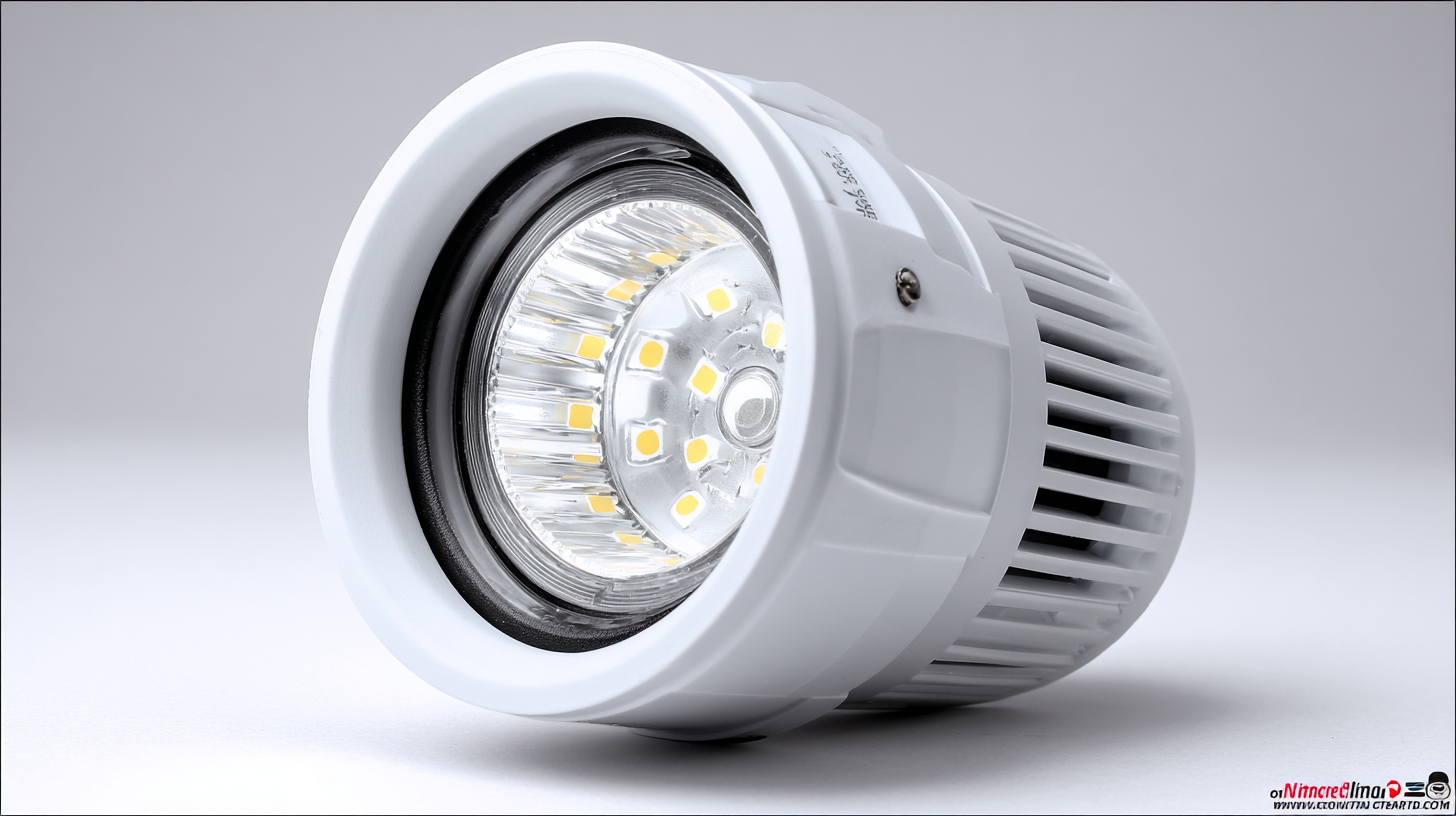Edison LED Lighting
Projects
What is the Future of Best LED Down Lights? Insights and Trends for Global Buyers
As the demand for energy-efficient lighting solutions continues to rise, the future of LED down lights looks promising, particularly with the prowess of China’s manufacturing sector at the forefront. Representing excellence and unmatched export strength, Chinese manufacturers are redefining the landscape of LED down lights, catering to global buyers who seek innovative designs and superior functionality.

In this blog, we will delve into the latest insights and trends shaping the LED down light market, exploring advancements in technology, sustainability initiatives, and evolving consumer preferences. By understanding these dynamics, buyers can make informed decisions while navigating the vibrant world of lighting solutions that not only illuminate spaces but also enhance aesthetic appeal and energy efficiency.
Join us as we uncover the exciting prospects that lie ahead for LED down lights in a rapidly changing market.
Emerging Technologies in LED Down Light Design and Production
Emerging technologies are significantly reshaping the design and production of LED down lights, making them more efficient and versatile than ever. One of the most notable advancements is the integration of smart technology, allowing these fixtures to connect with home automation systems. This means users can control lighting remotely, adjust brightness levels, and even change color temperatures to suit their mood or the time of day. Such innovations not only enhance user convenience but also optimize energy consumption, leading to significant cost savings over time.
Moreover, manufacturers are increasingly focusing on sustainable materials and production methods. This shift towards eco-friendly practices is driven by both consumer demand and regulatory pressures. From recyclable components to energy-efficient manufacturing processes, the industry is witnessing a concerted effort to minimize its environmental impact. This not only appeals to environmentally conscious buyers but also positions companies favorably in a competitive market. As the landscape of LED down lights continues to evolve, those who embrace these emerging technologies will likely lead the way in providing innovative and responsible lighting solutions for global consumers.

Sustainable Practices: Eco-Friendly Materials in LED Down Lights
 The future of LED down lights is increasingly intertwined with sustainable practices, particularly the use of eco-friendly materials. As consumers become more environmentally conscious, manufacturers are responding by integrating sustainable components into their products. This shift not only caters to demand for greener solutions but also reflects a commitment to minimizing the ecological footprint of lighting technologies. For instance, companies are exploring innovative materials such as recycled aluminum and bioplastics, which offer durability while reducing the reliance on virgin resources.
The future of LED down lights is increasingly intertwined with sustainable practices, particularly the use of eco-friendly materials. As consumers become more environmentally conscious, manufacturers are responding by integrating sustainable components into their products. This shift not only caters to demand for greener solutions but also reflects a commitment to minimizing the ecological footprint of lighting technologies. For instance, companies are exploring innovative materials such as recycled aluminum and bioplastics, which offer durability while reducing the reliance on virgin resources.
In addition to component materials, sustainable production processes are gaining traction. Manufacturers are focusing on reducing waste and energy consumption during the manufacturing stages. This includes optimizing supply chains and utilizing renewable energy sources in production facilities. By adopting these practices, the LED down light industry is not only enhancing the life cycle of its products but also appealing to a growing segment of eco-aware buyers who prioritize sustainability in their purchasing decisions. As this trend continues, we can expect the market to feature a variety of eco-friendly options that offer both aesthetic appeal and reduced environmental impact.
Market Trends: Consumer Preferences Shaping the Future of Down Lighting
As the market for down lighting continues to evolve, consumer preferences play a pivotal role in shaping its future. Today's buyers are increasingly seeking energy-efficient and environmentally friendly solutions. The demand for LED down lights has surged, driven by their long lifespan, low energy consumption, and minimal heat output. Additionally, consumers are increasingly conscious of the aesthetic appeal of lighting products. They favor designs that blend seamlessly with modern interiors while also providing customizable lighting options that cater to different moods and settings.
Moreover, technological advancements have led to the integration of smart features in down lights. Consumers are particularly drawn to products that can be controlled remotely, synchronized with home automation systems, and offer features like dimming and color temperature adjustments. This trend signifies a shift towards a more personalized lighting experience, allowing users to tailor their environments to their specific needs. As manufacturers respond to these preferences, we can expect a continued focus on innovation, design flexibility, and sustainability in the development of LED down lights, ensuring that they meet the evolving demands of global buyers.
What is the Future of Best LED Down Lights? Insights and Trends for Global Buyers
| Dimension | 2022 Data | 2023 Projected Data | Trends |
|---|---|---|---|
| Market Size (USD Billion) | 5.4 | 6.1 | Growing demand for energy-efficient solutions |
| Global Growth Rate (%) | 9.2 | 10.5 | Increase in consumer awareness of sustainability |
| Adoption Rate (%) | 25 | 40 | Shift towards smart home technology integration |
| Consumer Preference for Brightness (Lumens) | 800 | 1000 | Higher preference for adjustable brightness features |
| Percentage of LED Lights in Downlighting (%) | 55 | 75 | Rapid shift towards LED over traditional lighting |
Smart Lighting Solutions: Integrating IoT with LED Down Lights
The integration of IoT with LED down lights is transforming the way we experience lighting in our homes and workplaces. Smart lighting solutions not only enhance comfort but also provide significant energy savings. These advanced systems allow users to control their lighting remotely, creating personalized environments tailored to their needs. With features such as dimming, color adjustment, and automated scheduling, the benefits of IoT-enabled LED down lights extend beyond mere aesthetics, promoting both convenience and sustainability.
Tip: When selecting IoT-enabled LED down lights, consider compatibility with your existing smart home ecosystem. Ensure that the products you choose can be easily integrated into platforms like Google Home or Amazon Alexa for a seamless experience.
As technology continues to evolve, the future of LED down lights will likely see even greater sophistication, including features like voice control and adaptive lighting that responds to the time of day. The ability to collect data on lighting usage patterns can further optimize energy consumption, contributing to both cost savings and a reduced carbon footprint.
Tip: Regularly update the firmware of your smart lighting devices to benefit from new features, improved security, and enhanced performance. Staying current with software updates can significantly improve your overall smart home experience.
Trends in the Global LED Down Lights Market (2023)
The Role of Aesthetics: Designing Down Lights for Modern Interiors
The role of aesthetics in designing LED down lights for modern interiors cannot be understated. As contemporary living spaces evolve, so do the expectations surrounding lighting fixtures. Designers are increasingly focused on creating down lights that not only provide functional illumination but also enhance the overall decor. The integration of sleek, minimalist designs with innovative technology allows for an array of styles that can complement various interior themes, from industrial to Scandinavian to minimalist chic.
In the quest for modern aesthetics, the palette of materials used in down light designs is expanding. Traditional metal and plastic are now being paired with sustainable materials, textured finishes, and unique shapes to make lighting a standout feature. Furthermore, customization options are on the rise, allowing buyers to select colors, brightness levels, and styles that reflect their individual tastes. This emphasis on personalized design makes LED down lights an integral part of the interior design narrative, ensuring they do more than just light a space—they become a pivotal design element that ties together the entire room’s ambiance.
